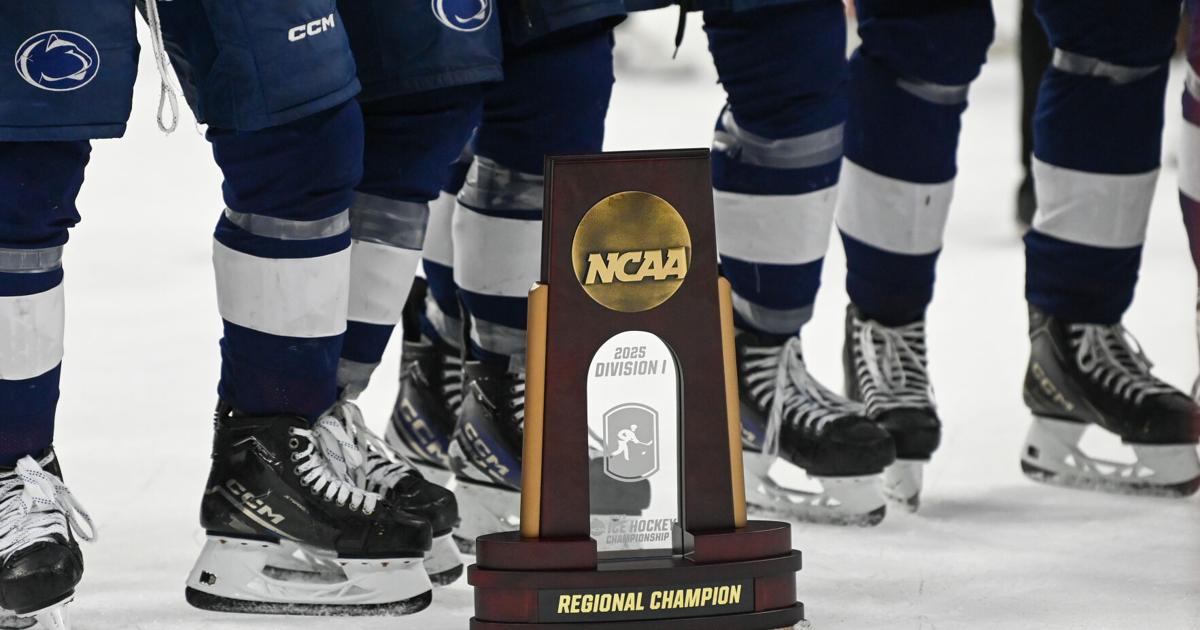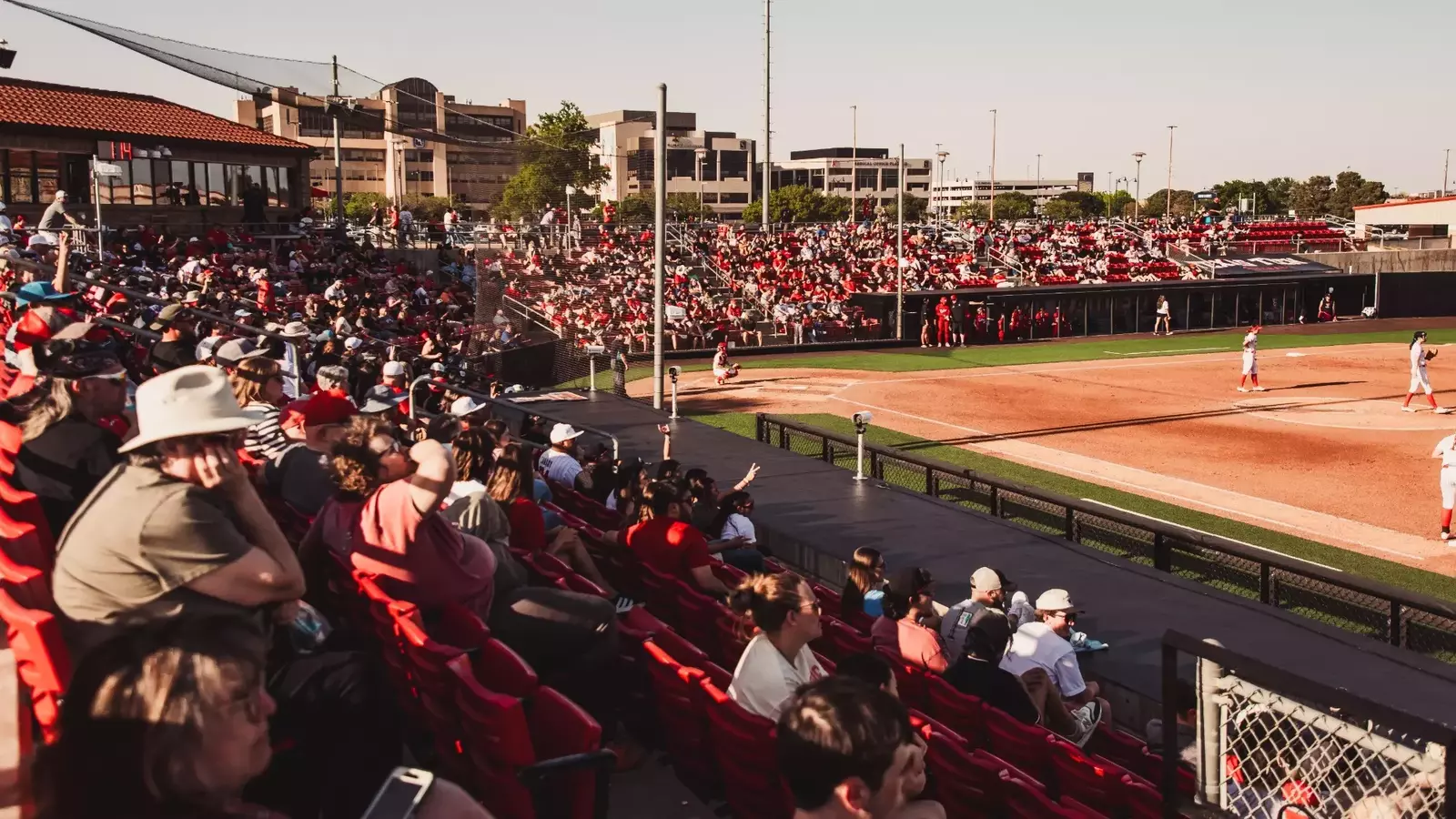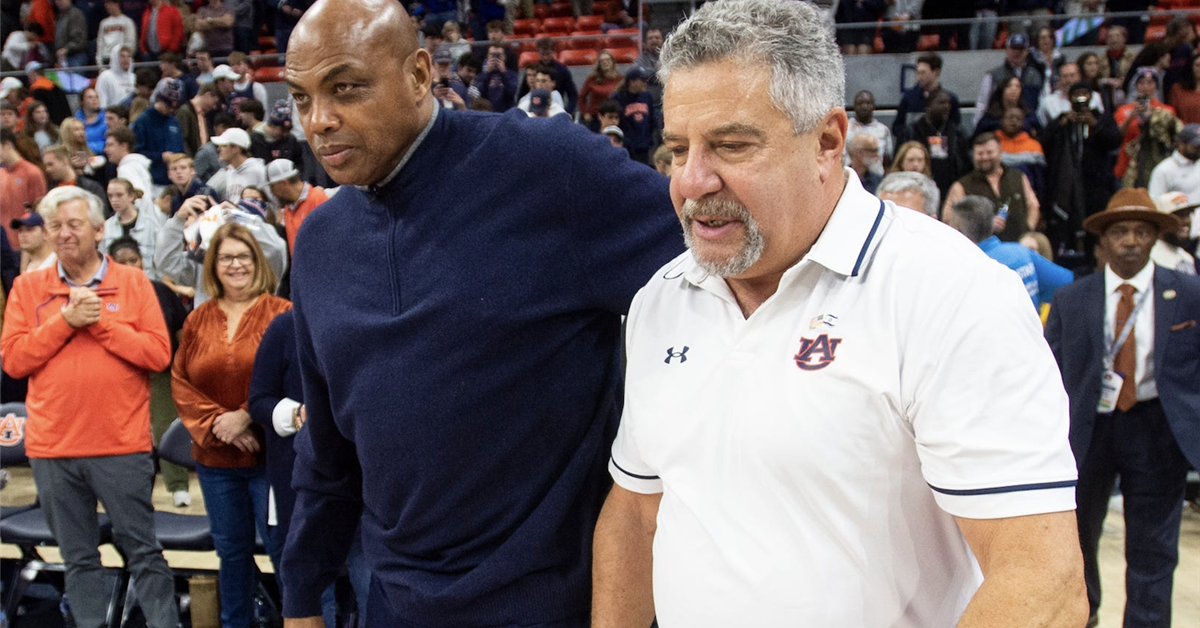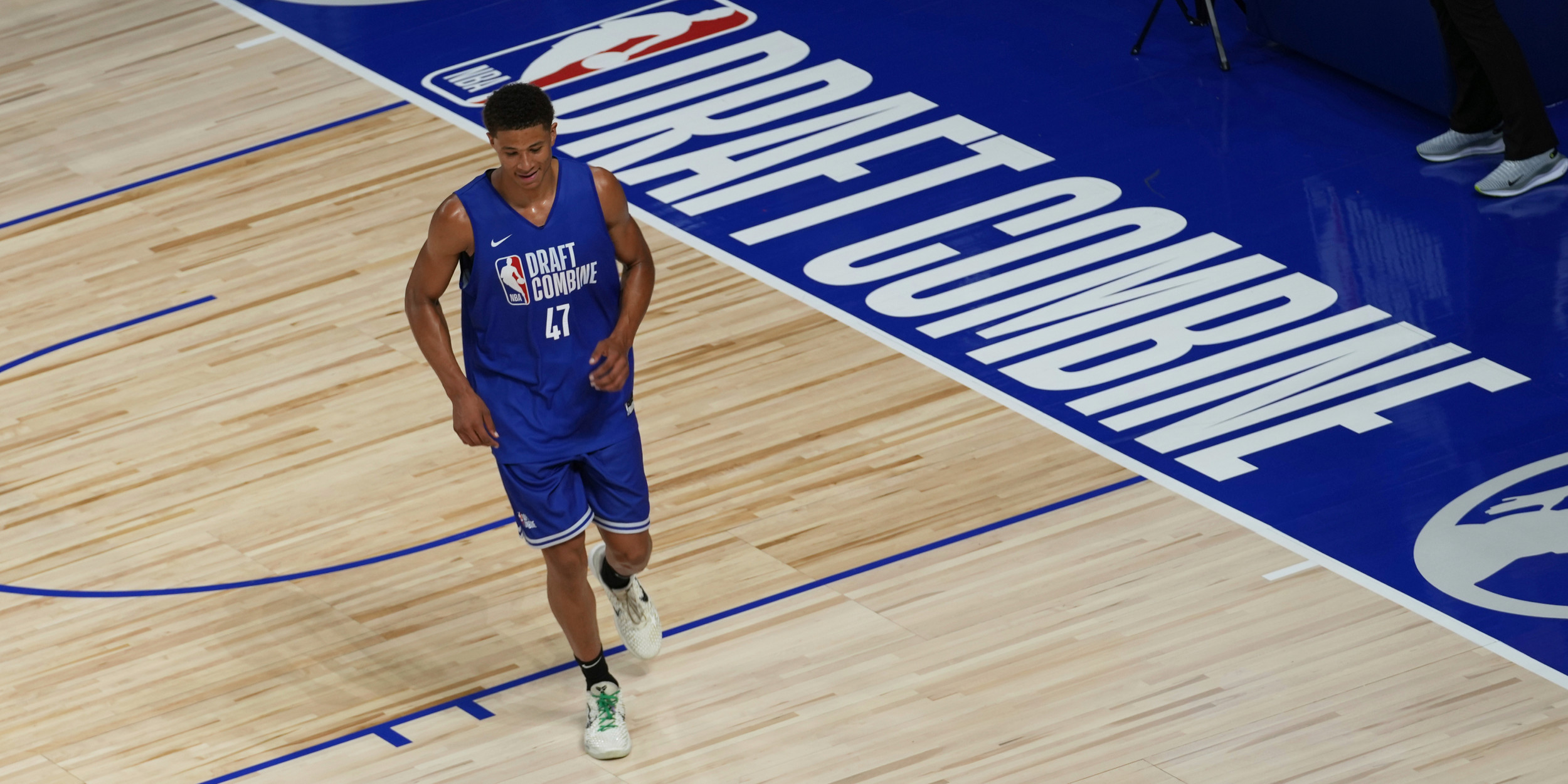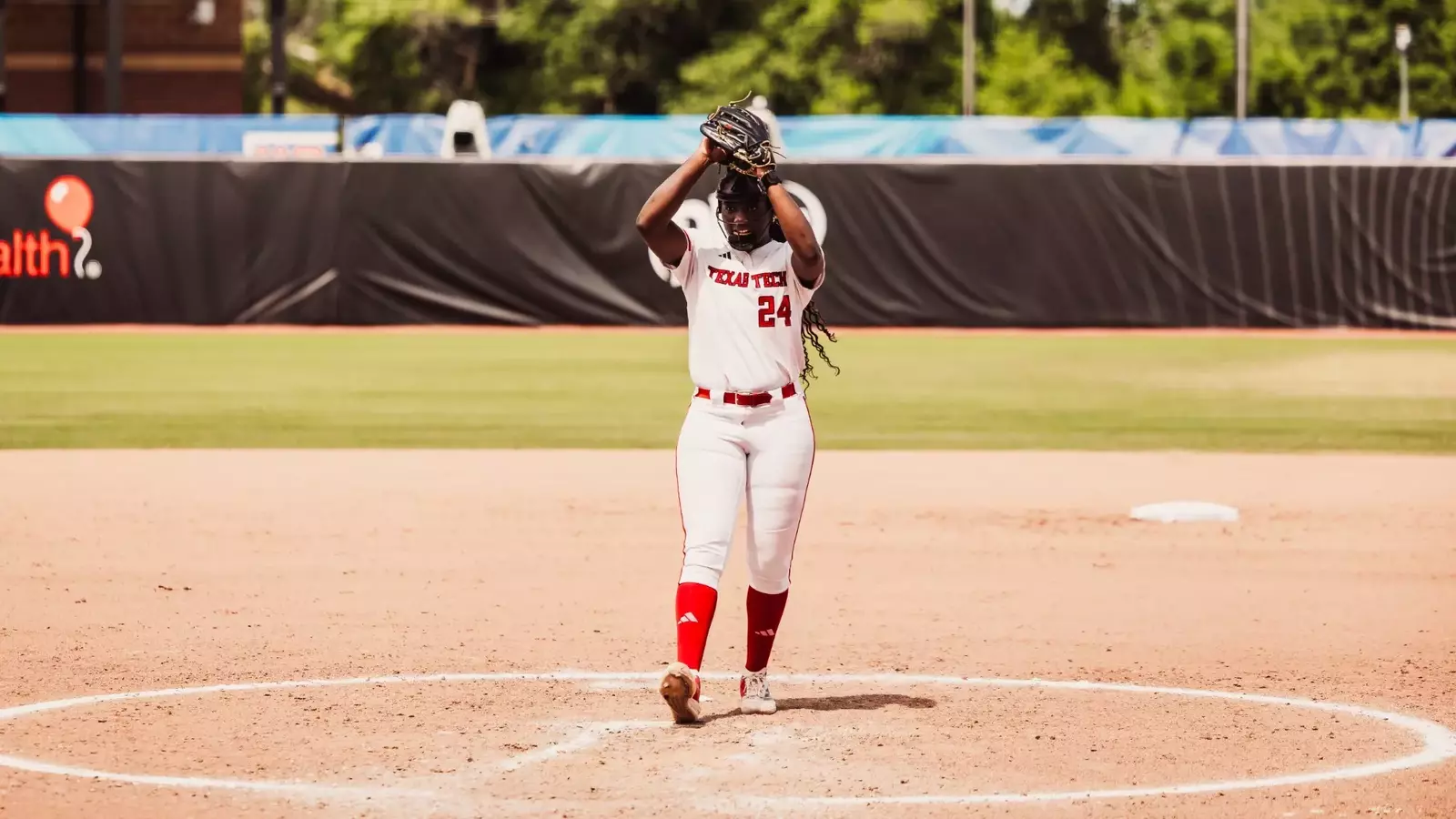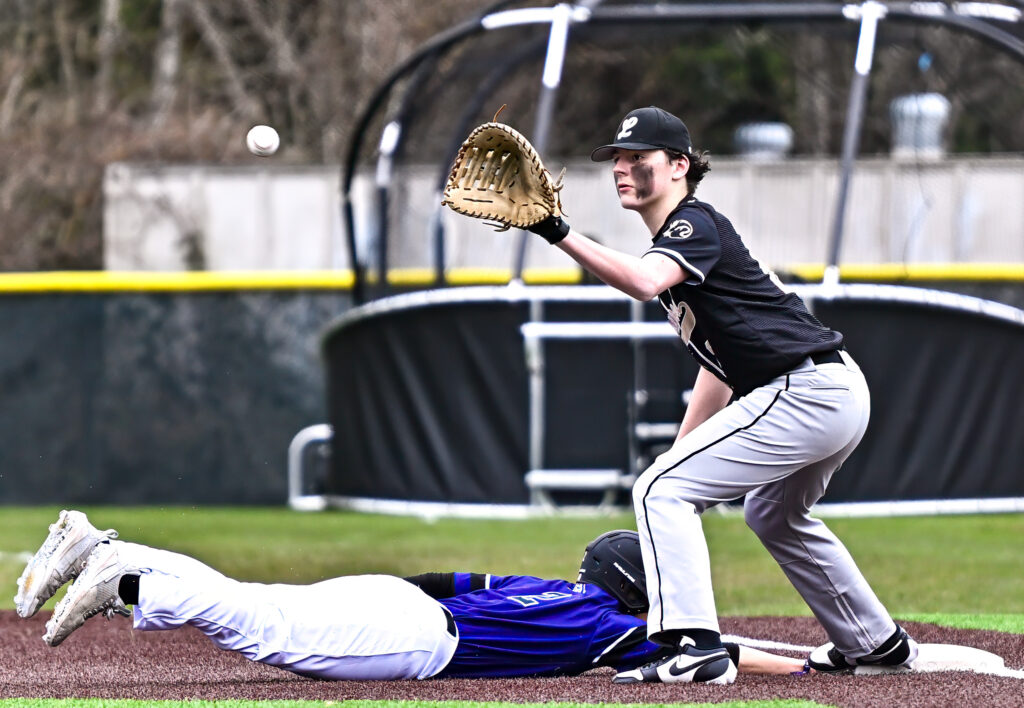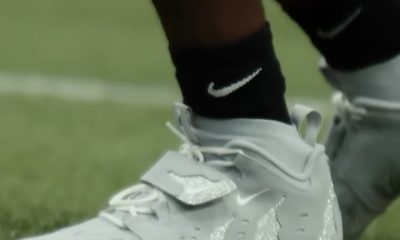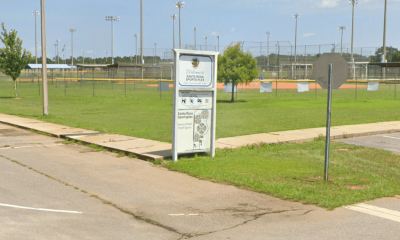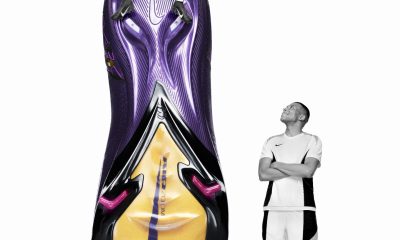PALO ALTO, Calif. — The news last July came as a shock to the college sports industry. A softball star, pitcher NiJaree Canady, was leaving perennial power Stanford for Texas Tech, an afterthought in the sport.
It was a commonly held assumption that few athletes would voluntarily leave behind a prestigious Stanford degree. But this was a new era. Canady, the national player of the year, had received a $1 million NIL deal — an unheard-of amount outside of football and men’s basketball.
For most of her two-year Stanford career, Canady hadn’t been able to talk frankly with the softball staff because of an edict from Stanford administrators. Stanford coaches were prohibited from discussing NIL deals with their athletes until April 2024, even though the NCAA began allowing athletes to earn NIL compensation in July 2021.
By the time that directive was finally lifted, there had been rumblings on campus for at least a year about Canady’s family seeking a seven-figure deal. The rumors grew louder that June in Oklahoma City, as the Cardinal competed in their second straight College World Series.
Canady entered the transfer portal on the final day it was open. A billionaire Texas Tech booster and his wife, who had played softball for the Red Raiders, were waiting on the other side.
“Arrogance is prevalent across college athletics, but the level of arrogance at Stanford is unique,” said a former athletics administrator. “There were so many Stanford people who were like, how could she possibly leave for money?”
The episode is just one of several recent setbacks for Stanford athletics that indicate the school with the most championships in NCAA history (136) is being left behind.
The school’s three most visible sports, football and men’s and women’s basketball, have struggled mightily in the new era, where big-time athletes command seven-figure paydays and transfer at will. Football hasn’t been to a major bowl game since 2015, men’s basketball last played in the NCAA Tournament in 2014 and, this season, the women’s basketball team saw its streak of 36 consecutive NCAA tournaments end.
“Our goal,” said former Secretary of State Condoleezza Rice, a Stanford faculty member deeply involved in athletics, “is going to have to be, once we’ve recruited someone, retain them.”
While Stanford’s non-revenue sports are still thriving as usual — the Cardinal were No. 1 in the Director’s Cup standings through winter — the revenue sports keep afloat the school’s 36 total sports, tied with Ohio State for most in the country in the FBS. Stanford led the nation with 59 Olympians at the 2024 Olympic Games.
Complicating matters, the Pac-12 crumbled in 2023, leaving its members scattered. Stanford, located an hour’s drive from the Pacific Ocean, is now part of the Atlantic Coast Conference, taking a pay cut to find a home in a power conference even with the looming start of revenue sharing, in which schools can directly pay athletes up to $20.5 million a year.
For nearly three years the school shunned NIL and refused to adjust the admissions process for potential transfers, digging itself a sizable hole. The Athletic interviewed more than 20 people for this story, some of whom were granted anonymity in exchange for their candor. Nearly all of them believe a shift is underway, largely due to a regime change at the top of the university.
In the past few months, president Jonathan Levin hired former Stanford and NFL quarterback Andrew Luck as the general manager of the football program, acknowledged mistakes made in the NIL space under the previous administration and pledged to go all in on revenue sharing. Levin has said Stanford plans to continue its “unique tradition of student-athletes who excel in the classroom and on the field.”
Cameron Brink, a former Stanford All-American in the WNBA, emphasized that Stanford has always offered “the best of both worlds, academically and athletically.” She’s adamant that it can continue to be that in the new world of college sports, too, with adjustments.
Added retired women’s basketball coach Tara VanDerveer: “Sports are a uniter, and we need it to be a uniter at Stanford.”
It was only a decade ago that Stanford reached three Rose Bowls in four years (2012, ’13 and ’15) under former coach David Shaw, led by future NFL stars such as Luck, a two-time Heisman Trophy runner-up, and Christian McCaffrey. From 2010 to 2018, Stanford was the marquee game on ESPN’s “College GameDay” seven times. It knocked off top-two Oregon teams in 2012 and ’13. The latter was played on a Thursday night in front of a sold-out home crowd of 51,545, many of them students donning their signature Nerd Nation glasses.

Stanford football players and fans alike donned glasses to celebrate Nerd Nation in 2013. (Jeff Chiu / AP photo)
Today, the Cardinal have finished 3-9 in four consecutive seasons. The student section is practically nonexistent, and outside excitement has fizzled. Shaw stepped down in 2022, and his replacement, Troy Taylor, was fired last month after an ESPN report revealed there had been two internal investigations into his workplace behavior.
Success in football is particularly important at Stanford to fund so many non-revenue sports, but lately it hasn’t delivered on the field or at the gates. The athletic department ran a $21 million deficit in 2022-23 (the school’s last publicly available figures), even with $56.2 million in endowment payouts and university support. It made just $9.5 million in ticket sales. A decade earlier, when football was rolling, it made $16.8 million.
“We are really trying to do something that no one else strives to do, with 36 varsity sports,” said VanDerveer, who won three national titles in her tenure and is now a special adviser to the athletic director.
Levin, 52, started as president last August. He is a Stanford alum, a renowned economist and an avowed sports fan. One of his first big moves was to bring in Luck in a first-of-its-kind arrangement. Luck, 35, reports to the president, rather than an athletic director, and oversees the coaching staff. It was his decision to fire Taylor. In February the administration also pushed out athletic director Bernard Muir after nearly 13 years. Muir declined to speak to The Athletic about the evolution of Stanford athletics. A search for his replacement is ongoing.
Luck said he would not have taken the job if he had not believed the administration was serious about investing in athletics. Like other GMs around the country, he has free rein to recruit, pursue transfers and broker NIL deals, leaving interim coach Frank Reich to focus on X’s and O’s.
“College football is such a major part of the cultural zeitgeist,” Luck said. “There’s a respect and understanding from our leadership that it matters, and that it matters in a big way. … I like where we are today. A long way to go, but it’s pointing in the right direction.”
After NIL became legal, women’s basketball star Haley Jones landed a Nike sponsorship a year after leading Stanford to the 2021 national championship. The school wouldn’t allow her to use the Cardinal logo in ads, and made her photoshop the word “Stanford” out of her jersey. Caitlin Clark’s Iowa jersey, meanwhile, was prominently displayed in the same campaign.
Brink signed a deal with Buick ahead of the 2023 NCAA Tournament, but couldn’t shoot any part of the accompanying commercial in Maples Pavilion. (Athletes are still not allowed to use campus facilities for NIL activities.)
“I do think it needs to get better,” said Brink. “We’re all so proud to wear Stanford across our chests. … If it’s true they want success athletically, they need to take NIL seriously.”
Booster-driven collectives began sprouting up across the country as a workaround to the NCAA’s rule against using NIL as a recruiting inducement, which has since been successfully challenged in court. Stanford initially discouraged the practice, immediately putting Cardinal sports at a disadvantage.
“We felt,” softball coach Jessica Allister said, “like we were in quicksand.”
When Stanford did organize its collective, Lifetime Cardinal, it had to scramble to play catch-up in fundraising.
Many of the people The Athletic spoke to said Stanford’s late start to the new era fell at the feet of former president Marc Tessier-Lavigne and former provost Persis Drell, both of whom stepped down in 2023. (Tessier-Lavigne resigned following allegations of his involvement in scientific research papers with fabricated results.) The two were seen as unsupportive, if not adversarial to athletics, dating to 2020, when the school attempted to cut 11 sports teams with 240 athletes (among them men’s and women’s fencing, co-ed and women’s sailing, men’s volleyball and squash) amid the “financial strains” of the COVID-19 pandemic. The cuts, which the school said would have saved $8 million a year, were reversed a few months later amid severe alumni backlash and fundraising efforts by advocacy group 36 Sports Strong.
Both gave statements to The Athletic via email, with Tessier-Lavigne noting that Stanford has to “learn and adjust as we go.”
Even if the university had embraced NIL sooner, it still would have struggled to compete in the transfer portal due to the university’s rigid admissions requirements. In 2023, the same year Colorado coach Deion Sanders signed 53 transfers upon his arrival, Stanford accepted just 57 transfers (out of 3,141 applicants) to the entire university, athlete or not.
Sanders was an extreme example, but it’s not uncommon for a new football coach to cycle out 20-plus transfers and bring in 20-plus transfers before his first season. Taylor, in his first year, lost 17 transfers, including four starting offensive linemen, while bringing in just four.
“Roster construction challenges certainly played a part in the direction of the program,” said Luck.
Major sports tend to be the most forward-facing piece of universities, but at Stanford, the political and scientific community make headlines just as readily as accomplished athletes. Tensions exist in all universities, but they are especially felt at Stanford. In a scathing 2021 Stanford Daily editorial, a student accused the university of separating athletes into “a clearly distinct and superior class, causing rifts within the student community.”
Special rules for athletes are commonly accepted across college athletics. But those practices have drawn criticism at Stanford; some non-athletes resent, for example, the school’s “athletes’ only” dining space. Stanford freshman teammates, unlike at many schools, are not allowed to room together, and there are no guarantees they’ll even be paired with another athlete.
“There’s a little bit of tension between the athletic side of things and the academic or admission side,” said defensive end David Bailey, who transferred to Texas Tech. “I know it makes it that much tougher. Obviously you have to do things in a different manner than other schools because of that.”
While admission standards might be hindering their own programs, several people at Stanford indicated that many athletes don’t want it to become easier to get into Stanford, leery of fueling bad blood among their peers.
“Athletes want to be respected in the classroom as much as they are on the field,” Rice said. “The one thing we will never compromise on is, no faculty member will stand for being in front of a student who doesn’t belong in that classroom.”
Added a former athlete who played in the early 2010s, “There really is no favoritism toward athletes. The culture Stanford stresses is that everyone is the same. … People think athletes have it easy, but we don’t, because we’re not allowed to. There really is no flexibility in that.”
The new administration, though, seems to be providing its coaches more flexibility with transfers. Football signed 17 transfers in the most recent cycle. The collective is helping bring in talent; women’s basketball signed three 2025 McDonald’s All-Americans. Two Stanford sources said the Red Raiders gave Bailey, who transferred out after Taylor’s firing, a seven-figure deal. Bailey said Luck made a strong push to retain him, but his decision to leave was more about coaching than money.
Bailey, who arrived at Stanford in 2022, was initially skeptical whenever media reports suggested an athlete at another school was getting $1 million, given Stanford’s NIL policies. “But you had people (on the team) who were best friends with these types of (players), so they were able to confirm it,” he said.
The men’s basketball team lost its expected top returnee, Oziyah Sellers, to St. John’s. The women’s team lost All-American Kiki Iriafen last year, even though the collective offered her a deal worth triple what she’d made her junior year. She left for USC, which paid her north of $350,000, two people with knowledge of the deal confirmed.
First-year coach Kate Paye’s team last season had the program’s worst record (16-15) in 38 years. And baseball missed the NCAA tournament for the first time in eight years after All-American slugger Braden Montgomery, an undergrad, bolted for Texas A&M in 2023 for a six-figure deal. (Stanford did not give him a competing offer.) He became the No. 12 pick in the 2024 MLB Draft.
VanDerveer doesn’t expect Stanford to be in the running for prospects demanding high seven-figure salaries, which has become commonplace in the SEC and Big Ten.
“I don’t know we’ll have a situation where we’ve got a $4 million quarterback,” she said.
For the most part, the effects of the transfer portal and NIL have not yet trickled down to Stanford’s accomplished non-revenue sports, Canady’s seven-figure Texas Tech deal notwithstanding. Women’s volleyball coach Kevin Hambly has taken his team to three NCAA Elite Eights in a row and is proud to say he hasn’t had a single player poached.
“The money they’re being offered hasn’t been a big enough number where they’ll give up the (Stanford) education,” he said, “but … it’s just a matter of time.”
Stanford and Cal in 2023 hoped to follow USC, UCLA, Oregon and Washington to the Big Ten, another far-flung league. Their invites never materialized.
A group led by Rice spent August furiously lobbying the ACC. It initially appeared the Cardinal did not have enough votes, until commissioner Jim Phillips sold that league’s presidents and chancellors on a plan that would put money in their own pockets. Stanford and Cal would receive just a 30 percent share of the ACC’s Tier 1 media revenue for their first seven years in the league.
Rice said administrators met with Cardinal athletes, who told them that playing in a Power 4 conference was their top priority, no matter the increased travel.
“They came to Stanford to compete at an elite level,” she said. “That constrained the number of options you had.”
But that doesn’t make the logistics any easier. Hambly recalled the volleyball team’s trip back from a Sunday match last October at Pittsburgh, one of five trips east last season. Their evening commercial flight got delayed, and by the time their bus pulled into campus from the San Francisco Airport, it was nearly 4 a.m. Monday. One player had a midterm at 8:30.
While Stanford still receives a cut of the league’s postseason and NCAA revenues, its overall conference distribution was expected to drop from $37 million in the Pac-12 to around $20 million in the ACC. It may be even less now after the ACC adopted a new model that divides revenue based in part on schools’ television ratings.
The school avoided the full-on crisis that hit left-behind Washington State and Oregon State, even if it was at a cost. Stanford continues to work with the ACC regarding addressing travel issues.
For all the improvements Stanford has made, another major change is looming in college sports.
In the coming weeks, the House v. NCAA settlement, which introduces revenue sharing, is expected to be approved. The majority of funds will be reserved for building a football roster. The thinking is that collectives will fill the gap; for example, if only $1 million is reserved for women’s basketball but the roster costs $3 million, individual donors or a collective could provide the additional $2 million. However, those outside deals will have to be approved by a clearinghouse.
But can Stanford afford $20.5 million, given how little revenue it’s getting from the ACC and its shortfalls in the athletic department? A source in the NIL space estimated Stanford’s football payroll, while considerably higher than a year ago, still ranks among the “lower quartile” in the 17-team ACC.
Alden Mitchell, the interim athletic director, said details of how Stanford will divide revenue sharing are “proprietary information.” But she promised, “We’re going to compete.”
“The fact that we’re doing rev share is a good sign,” said Hambly. “Stanford as a community is more behind (sports) than we’ve ever been. Stanford getting left behind by the Pac-12 kind of woke up our big boosters, woke up our administration: Stanford as an academic brand is not enough.”
The way VanDerveer sees it, getting Cardinal athletics back on track is a must. After all, the only building that can bring together 50,000 students, staff and alumni is Stanford Stadium — not even the lauded campus libraries can hold that many people, she joked.
“Don’t get me wrong, we’ve got some great libraries at Stanford,” she said. “To lift up (36) sports and be good at such a small school during these very turbulent times, that’s hard. But I think we’re going to figure it out, and I think we’re going to do it the Stanford way.”
Rice believes Stanford can win regardless.
“Nerd Nation,” she said, “is alive and well.”
(Top photo of Virginia Tech at Stanford on Oct. 5, 2024: Stan Szeto / Imagn Images)


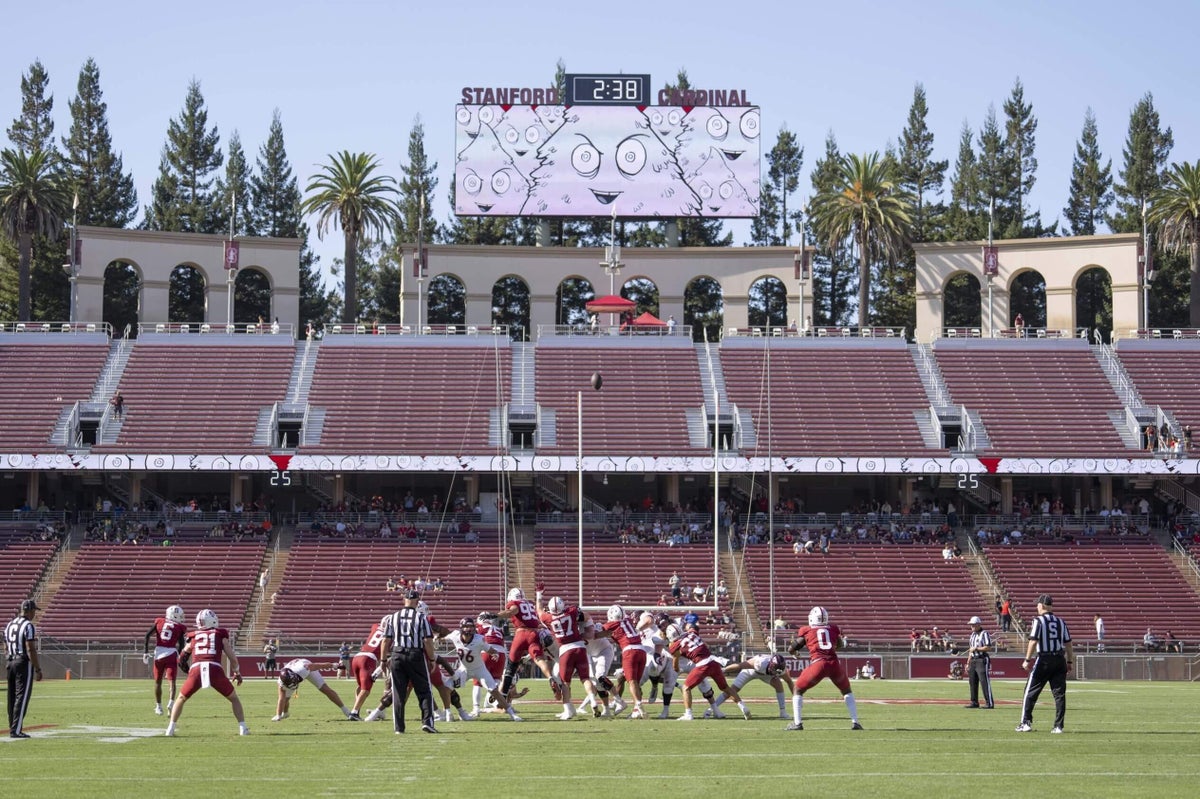

 https://t.co/aObQ330l5q
https://t.co/aObQ330l5q 


